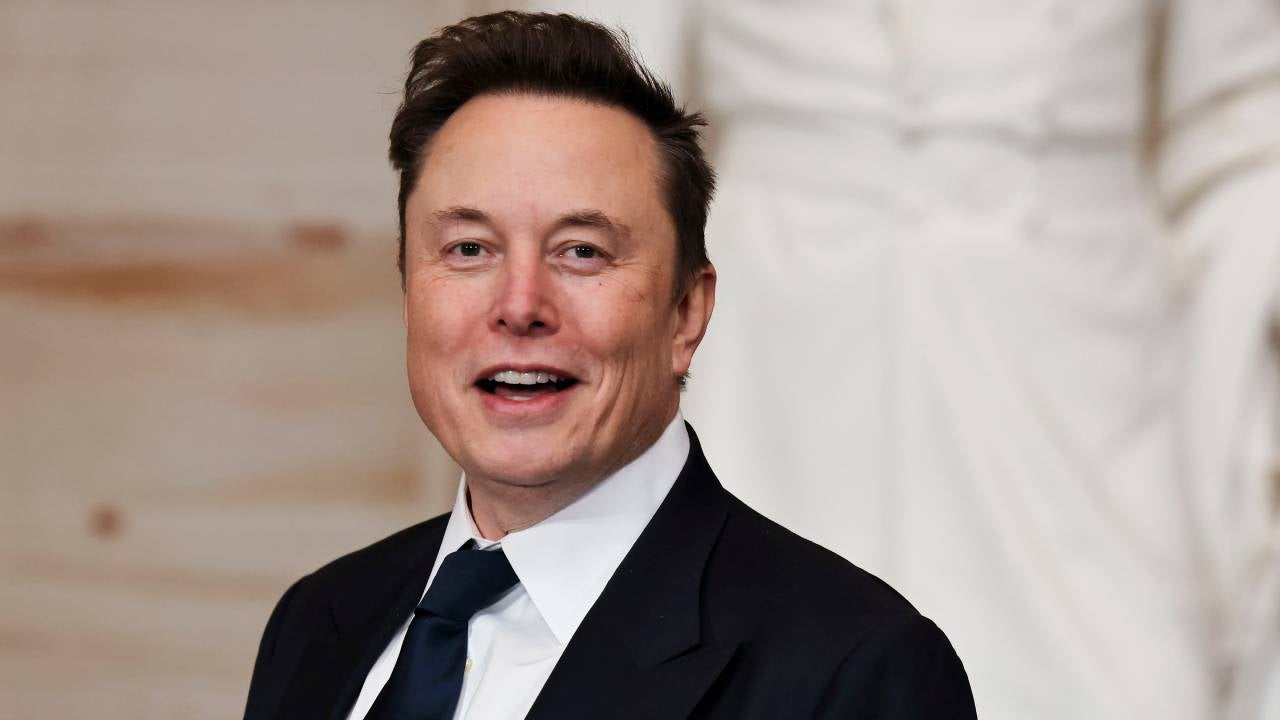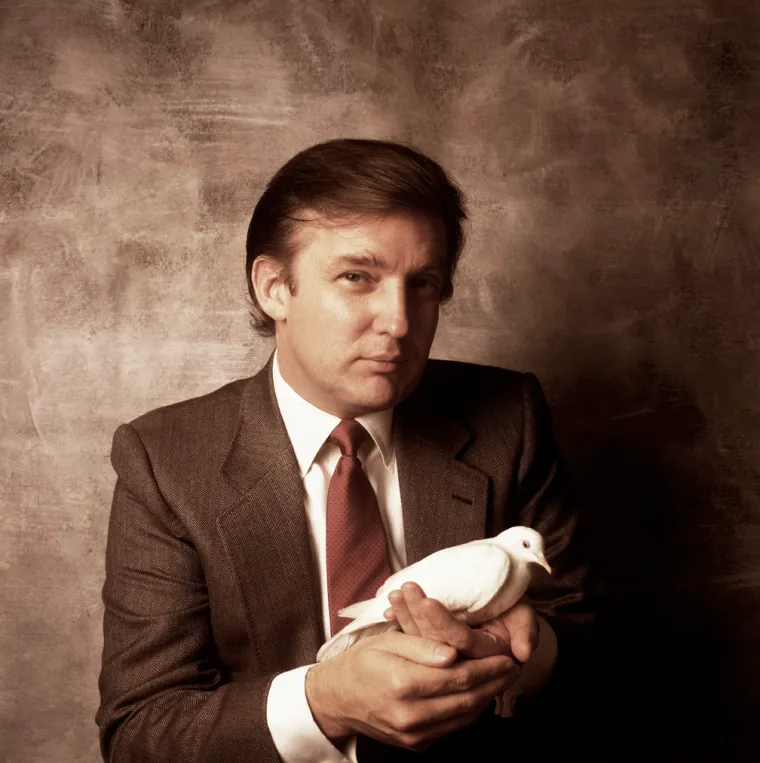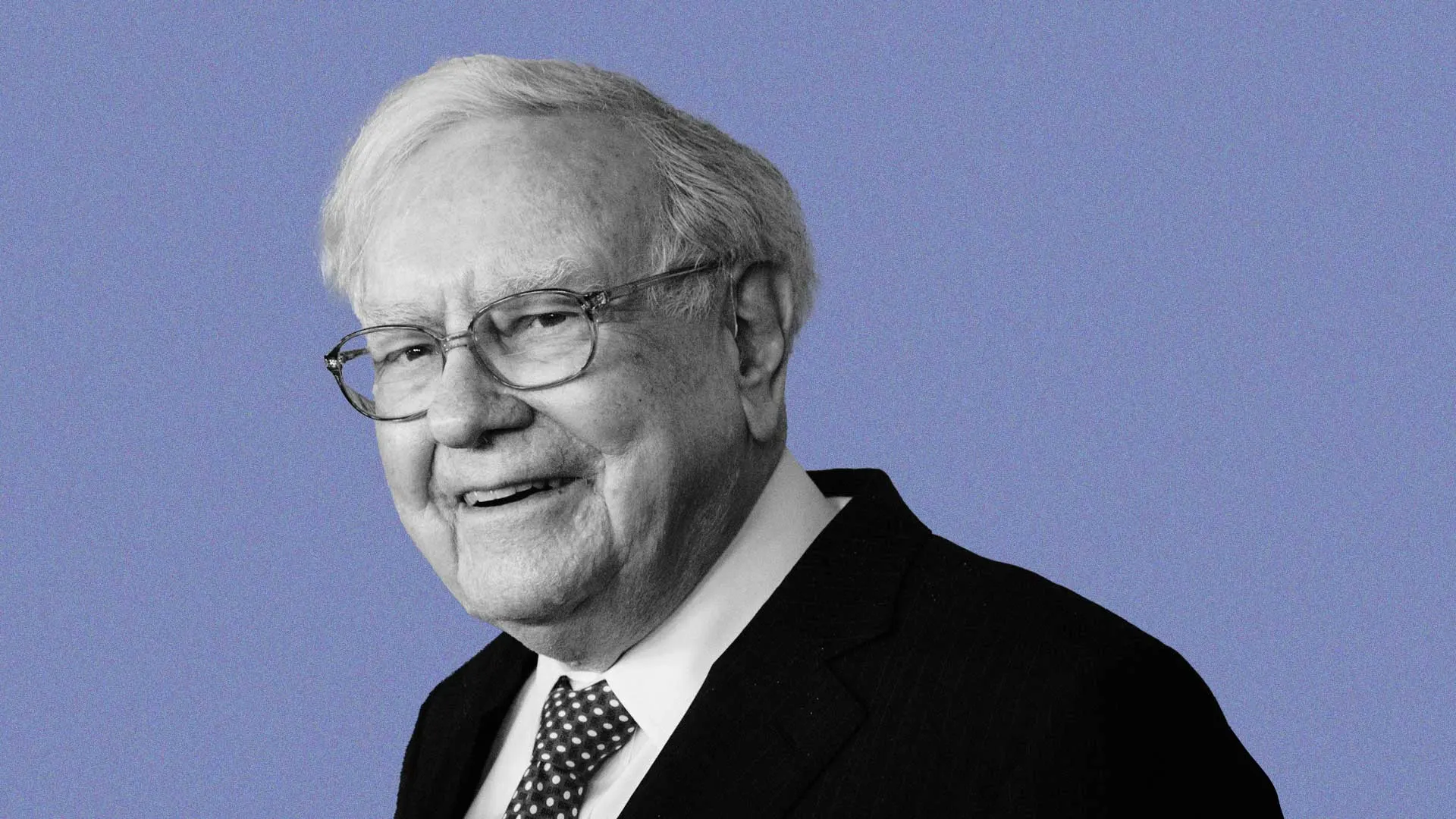Table of Contents
Introduction
Elon Musk is a name that has become synonymous with innovation, ambition, and the relentless pursuit of a better future. As one of the most influential entrepreneurs of the 21st century, Elon Musk has revolutionized multiple industries, from electric vehicles and space exploration to renewable energy and artificial intelligence. His journey is a testament to the power of vision, resilience, and an unyielding belief in the potential of technology to transform humanity. This article delves into the life, achievements, and challenges of Elon Musk, exploring the story of a man who has dared to dream big and turn those dreams into reality.
Early Life and Education: The Making of a Prodigy
Elon Reeve Musk was born on June 28, 1971, in Pretoria, South Africa. His father, Errol Musk, was a South African electromechanical engineer, pilot, and sailor, while his mother, Maye Musk, was a Canadian-born model and dietitian. From an early age, Musk exhibited signs of extraordinary intelligence and curiosity. He was an avid reader, often consuming books for hours on end, and developed a keen interest in computers and technology.
At the age of 10, Musk taught himself how to program using a Commodore VIC-20, an early home computer. By 12, he had created and sold his first software, a space-themed game called Blastar, for $500. This early success hinted at his future as a tech entrepreneur.
Musk’s childhood, however, was not without challenges. He was bullied in school and struggled with his parents’ divorce, which occurred when he was just 9 years old. Despite these difficulties, Musk remained focused on his passions, often finding solace in books and technology.
After completing high school in South Africa, Musk moved to Canada in 1988 to attend Queen’s University, avoiding mandatory service in the South African military and seeking better opportunities. He later transferred to the University of Pennsylvania, where he earned dual bachelor’s degrees in physics and economics. Musk’s academic background laid the foundation for his interdisciplinary approach to problem-solving, blending technical expertise with business acumen.
The Early Ventures: Zip2 and X.com
Elon Musk’s entrepreneurial journey began in earnest in the mid-1990s. After briefly enrolling in a Ph.D. program in applied physics at Stanford University, he dropped out after just two days to pursue business opportunities in the burgeoning internet industry.
In 1996, Musk co-founded Zip2, a software company that provided business directories and maps for newspapers. With limited resources, Musk worked tirelessly, often sleeping in the office and coding through the night. His efforts paid off when Compaq acquired Zip2 in 1999 for $307 million, netting Musk $22 million from the sale.
Flush with capital, Musk turned his attention to the financial sector. In 1999, he founded X.com, an online payment company. Despite initial skepticism, X.com gained traction and eventually merged with Confinity, a competitor that had developed a money-transfer service called PayPal. Musk became the CEO of the combined company, but internal conflicts led to his ouster in 2000. Nevertheless, Musk remained a major shareholder, and when PayPal was sold to eBay in 2002 for $1.5 billion, he received $165 million.
SpaceX: Revolutionizing Space Exploration
With his newfound wealth, Elon Musk set his sights on an even more ambitious goal: space exploration. In 2002, he founded Space Exploration Technologies Corp., or SpaceX, with the mission of reducing space transportation costs and enabling the colonization of Mars. Elon Musk’s vision was driven by a desire to ensure the long-term survival of humanity, which he believed required becoming a multi-planetary species.
SpaceX faced numerous challenges in its early years. The company’s first three rocket launches failed, nearly bankrupting Musk. However, the fourth launch in 2008 was a success, securing a $1.6 billion contract with NASA to resupply the International Space Station. This marked a turning point for SpaceX, which has since become a leader in the aerospace industry.
Today, SpaceX is known for its groundbreaking achievements, including the development of the Falcon 9 and Falcon Heavy rockets, the Dragon spacecraft, and the Starship project, which aims to transport humans to Mars. In 2020, SpaceX made history by launching the first crewed commercial spaceflight, further cementing Musk’s legacy as a pioneer in space exploration.
Tesla: Accelerating the Transition to Sustainable Energy
While SpaceX was making strides in aerospace, Elon Musk was also revolutionizing the automotive industry. In 2004, he joined Tesla Motors (now Tesla, Inc.), an electric vehicle (EV) startup founded by Martin Eberhard and Marc Tarpenning. Elon Musk led Tesla’s Series A funding round and became chairman of the board, eventually taking over as CEO in 2008.
Under Elon Musk’s leadership, Tesla transformed from a niche manufacturer of luxury EVs to a global leader in sustainable transportation. The company’s first major success came with the Tesla Roadster, followed by the Model S, Model X, Model 3, and Model Y. Tesla’s vehicles are renowned for their performance, range, and cutting-edge technology, including Autopilot, an advanced driver-assistance system.
Elon Musk’s vision extends beyond cars. Tesla’s energy division produces solar panels, solar roofs, and energy storage solutions like the Powerwall and Powerpack, aiming to create a sustainable energy ecosystem. Despite facing criticism, production delays, and financial challenges, Musk has remained steadfast in his commitment to accelerating the world’s transition to renewable energy.
Other Ventures: SolarCity, Neuralink, and The Boring Company

Musk’s entrepreneurial endeavors are not limited to SpaceX and Tesla. In 2006, he co-founded SolarCity, a solar energy services company that became one of the largest solar providers in the United States. SolarCity was later acquired by Tesla and integrated into its energy division.
In 2016, Musk founded Neuralink, a neurotechnology company focused on developing brain-machine interfaces. Neuralink aims to enable direct communication between the human brain and computers, with potential applications in treating neurological disorders and enhancing human capabilities.
That same year, Elon Musk launched The Boring Company, which seeks to reduce traffic congestion through the construction of underground transportation tunnels. The company has completed several test tunnels and is working on projects like the Las Vegas Convention Center Loop.
Challenges and Controversies
Musk’s journey has not been without controversy. His management style, characterized by high expectations and a relentless work ethic, has drawn criticism from employees and investors alike. He has also faced legal challenges, including a lawsuit from the U.S. Securities and Exchange Commission (SEC) over tweets about taking Tesla private.
Musk’s public persona has often been polarizing. His candid and sometimes provocative statements on social media have sparked debates and occasionally landed him in hot water. Despite these challenges, Musk remains one of the most influential figures in technology and business.
Personal Life and Legacy
Elon Musk’s personal life has been as eventful as his professional career. He has been married three times and has six children. Known for his intense work ethic, Musk often works long hours and is deeply involved in the day-to-day operations of his companies.
As of 2023, Musk’s net worth is estimated to be in the hundreds of billions, making him one of the richest people in the world. However, Musk has stated that his primary motivation is not wealth but the desire to solve humanity’s most pressing challenges.
Conclusion: A Visionary for the Ages
Elon Musk’s story is one of audacity, perseverance, and an unwavering belief in the power of innovation. From his early days as a self-taught programmer to his current status as a global icon, Musk has consistently pushed the boundaries of what is possible. His companies have transformed industries, inspired millions, and laid the groundwork for a future that once seemed like science fiction.
While opinions about Elon Musk may vary, there is no denying the impact he has had on the world. Whether it’s through electric vehicles, space exploration, or renewable energy, Musk’s legacy will be defined by his relentless pursuit of a better future for humanity. As he continues to tackle new challenges and explore uncharted territories, one thing is certain: Elon Musk’s journey is far from over.
Introduction
The history of cryptocurrency and digital money is a fascinating journey that spans several decades, marked by technological innovation, economic experimentation, and a quest for financial sovereignty. From the early days of digital cash concepts to the rise of Bitcoin and the proliferation of thousands of altcoins, the evolution of cryptocurrency has reshaped the global financial landscape. This article delves into the origins, milestones, and future prospects of cryptocurrency and digital money, offering a comprehensive overview of this revolutionary technology.
The Concept of Digital Money: Early Beginnings
The idea of digital money predates the invention of cryptocurrency by several decades. In the 1980s and 1990s, as the internet began to take shape, visionaries and technologists started exploring the possibility of creating digital currencies that could facilitate online transactions. One of the earliest attempts at digital cash was David Chaum’s “DigiCash,” founded in 1989. DigiCash utilized cryptographic techniques to ensure the privacy and security of transactions, laying the groundwork for future digital currencies.
However, DigiCash faced several challenges, including regulatory hurdles and a lack of widespread adoption. Despite its innovative approach, the company filed for bankruptcy in 1998, marking the end of one of the first experiments in digital money. Nevertheless, DigiCash’s legacy lived on, inspiring future generations of developers to continue exploring the potential of digital currencies.
The Birth of Bitcoin: A New Era Begins
The true breakthrough in the history of cryptocurrency came in 2008 with the publication of the Bitcoin whitepaper by an anonymous entity known as Satoshi Nakamoto. Titled “Bitcoin: A Peer-to-Peer Electronic Cash System,” the whitepaper outlined a decentralized digital currency that would operate without the need for intermediaries such as banks or governments. Bitcoin’s underlying technology, the blockchain, was a revolutionary innovation that enabled secure, transparent, and tamper-proof transactions.
On January 3, 2009, the Bitcoin network went live with the mining of the genesis block, also known as Block 0. Embedded within this block was a message: “The Times 03/Jan/2009 Chancellor on brink of second bailout for banks.” This message was a reference to the financial crisis of 2008, highlighting the motivation behind Bitcoin’s creation—a desire for a financial system that was immune to the failures and manipulations of traditional banking.
In the early days, Bitcoin was primarily used by a small group of enthusiasts and developers. The first known commercial transaction involving Bitcoin took place in May 2010, when programmer Laszlo Hanyecz paid 10,000 BTC for two pizzas. This event, now celebrated as “Bitcoin Pizza Day,” marked the beginning of Bitcoin’s journey as a medium of exchange.
The Rise of Altcoins and the Expansion of the Cryptocurrency Ecosystem
As Bitcoin gained traction, developers began to explore the potential of creating alternative cryptocurrencies, or “altcoins,” that could address some of Bitcoin’s limitations or offer new features. The first altcoin, Namecoin, was launched in April 2011. Namecoin aimed to decentralize domain name registration, providing an alternative to the traditional Domain Name System (DNS).
Following Namecoin, a wave of altcoins emerged, each with its unique value proposition. Litecoin, launched in October 2011, was designed to offer faster transaction times and a different hashing algorithm than Bitcoin. Other notable early altcoins included Peercoin, which introduced the concept of proof-of-stake (PoS), and Ripple, which focused on facilitating cross-border payments.
The proliferation of altcoins led to the development of a vibrant and diverse cryptocurrency ecosystem. By 2013, there were over 60 cryptocurrencies in existence, and the total market capitalization of the cryptocurrency market began to grow significantly. This period also saw the emergence of cryptocurrency exchanges, such as Mt. Gox, which played a crucial role in facilitating the trading of digital assets.





One thought on “Elon Musk: The Bold Visionary Entrepreneur Shaping the Future”
Comments are closed.